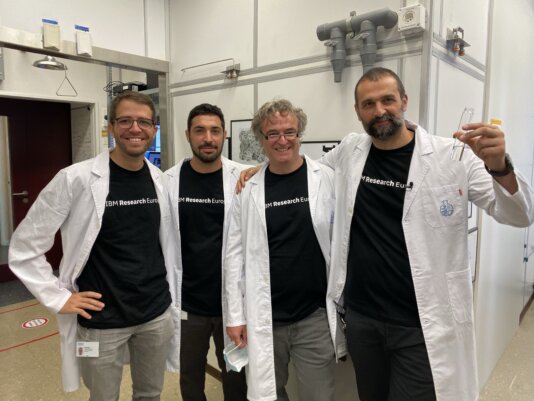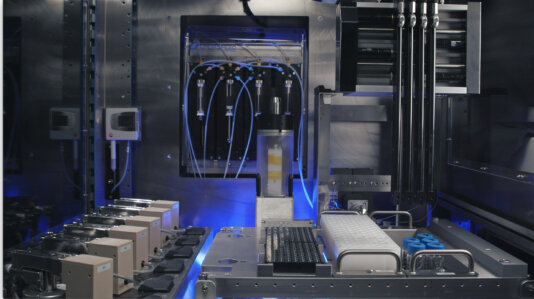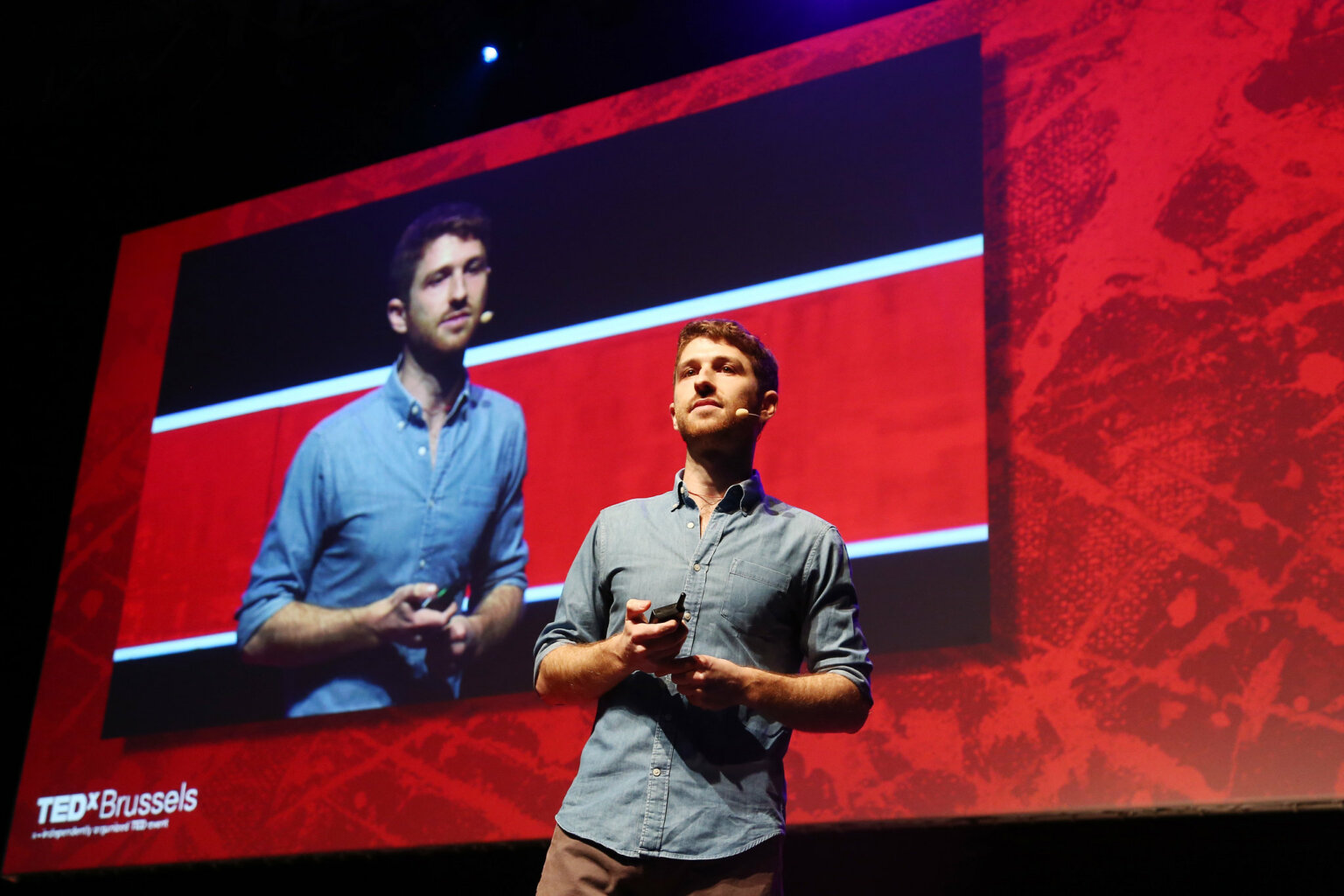- About
- Topics
- Picks
- Audio
- Story
- In-Depth
- Opinion
- News
- Donate
- Signup for our newsletterOur Editors' Best Picks.Send
Read, Debate: Engage.
| August 02, 2021 | |
|---|---|
| topic: | Climate Change |
| tags: | #climate crisis, #carbon capture, #IBM, #Artificial intelligence |
| located: | Brazil |
| by: | Bob Koigi |
Researchers, like those working at the multinational IBM Research, are embracing modern technology and have come up with a solution that captures carbon dioxide - one of the greatest drivers of climate change - and stores it in solid form inside of rocks, thus minimising its impact on the planet.
Mathias Steiner, a senior technical staff member and research manager at an IBM research lab in Brazil, spoke to FairPlanet about this research.
FairPlanet: Tell us a bit about the project, what inspired it and what is its current status?
Mathias Steiner: We are working on a global initiative dubbed the future of climate material discovery. One of the projects we have been working on is understanding how to inject carbon dioxide into rocks.
This is important because after carbon dioxide is captured from various sources we need to do something with it to store it for the longer term and make sure it does not get to the atmosphere again. Climate change is driven by carbon dioxide in the atmosphere.
Our research has been focused on how carbon dioxide behaves when stored in rock formation.
We discovered that if you want to store carbon dioxide for the long term there is a lot of empty space available in rock formation globally. So we explored how to inject carbon dioxide in a liquid form and mineralise it by turning it into a solid.
We have been exploring the empty mines and depleted oil and gas reservoirs as areas [where] we can store the mineralised carbon dioxide.
We have been working with universities in this particular project, including the University of Sao Paulo, and they have tested and worked on the simulation technology that we have developed to study the process of carbon capture. Working together with our education collaborators, we were able to show how we can improve algorithms to represent the processes and networks that exist in rock in order to make the process more efficient.
Under carbon dioxide capture, separation and conversion research, we are also working on using the captured carbon dioxide to be used in various production processes through conversion of the carbon dioxide into high value materials.
What does this project mean, then, in the pursuit to limit climate change and its effects?
It means that we are making progress with our research by providing tools and scientific results that make it possible to store carbon dioxide more efficiently. We have built simulation tools and created data in order to do this better.
This for the bigger picture means that scientists can use these tools to make the carbon dioxide injection and storage more efficient. That will help us save costs and time because we are running out of time in taming the effects of climate change. The tools that we have created and the data will help the scientific community do a better job.
Are there any other existing methods of carbon dioxide capture? And what makes yours unique?
What makes it unique for us is that we are creating technology for doing material research faster. We have been creating simulation technology and discovery tools that we use in our research so that we can get to the research faster.
For example, we can search the existing literature faster, we can simulate faster and we can create new molecules faster. By tapping modern technologies we are able to modernise the processes and deliver accurate results.
What is the space of research and new technologies like AI, hybrid cloud and quantum in addressing emerging challenges like climate change?
Material science tools run on computing infrastructure, which is hybrid cloud. This allows us to use these technologies to do the research faster and efficiently.
At IBM, we are also making these tools available to academia and industry to use. We have numerous students and clients world over who are using these technologies because we cannot address the challenges we are facing alone.
What, in your opinion, are the gaps in research and technology that world leaders should address?
It is important to understand and appreciate the value of modern science. The world will make real progress in solving today’s complex problems if it supports the scientific enterprise and community.
We also need to find ways to collaborate in an integrated way globally.
This project is part of IBM's commitment to reach net zero carbon dioxide emissions by 2030. Tell us about the commitment and what you have achieved so far.
A lot of the commitment is hinged on making IBM supply chains and cloud carbon neutral. [One of the] key commitments [is] using more sustainable energy for our data centers. One of the big technologies we are developing, for example, is that if you are a client and you are using the IBM cloud, you are able to change the demands and powers based on availability of sustainable energy.
If you have something you need to run in a cloud environment, for example an AI algorithm, maybe you don’t want to use fossil fuel to power that algorithm, you would rather use solar energy, [and] we are building tools to allow you to have a dashboard where you can choose sustainable energy when you are using IBM cloud.
Under the carbon supply chain, it helps us understand what our footprint is when we ship our mainframe computers around the world and review how to reduce the footprint in logistics and supply chains.
What are your future plans, especially in using technology and research to address climate change?
We are looking at building better tools and datasets in order to develop, grow and expand the technology to better respond to emerging issues.
We are also looking to increase and bolster partnerships with academic communities and industrial partners to grow our network.
In the long term, we want to use technology to create enhanced materials that will help us resolve the carbon issue and develop methods and materials that can be deployed at scale to fix modern problems.
Image: IBM.
By copying the embed code below, you agree to adhere to our republishing guidelines.


